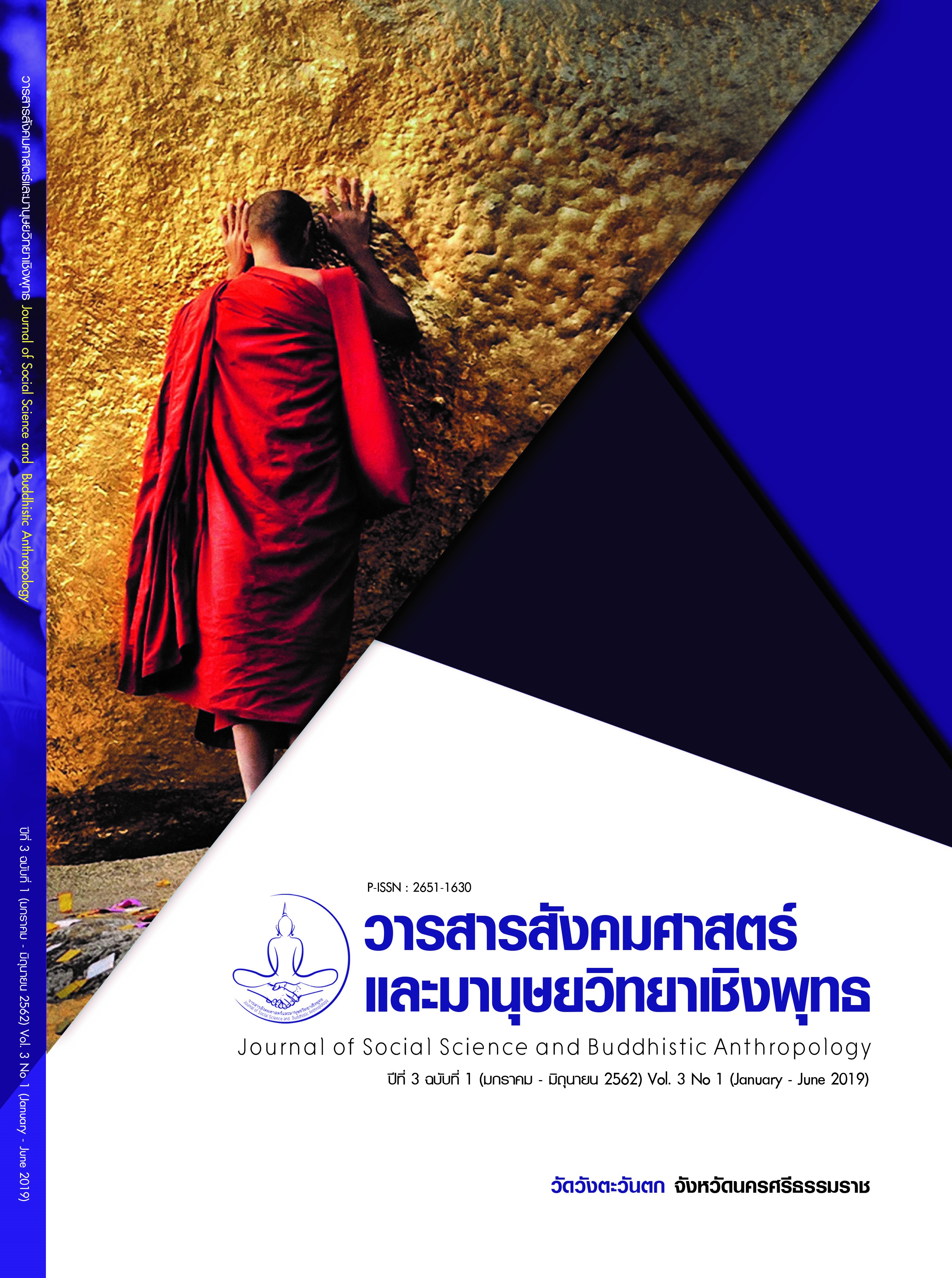A DEVELOPMENT OF BRAIN – BASED LEARNING MODEL FOR EARLY CHILDHOOD UNDER NAKHON SI THAMMARAT PRIMARY EDUCATIONAL SERVICE AREA OFFICE 4
Keywords:
Pattern Development, Learning To Use The Brain As A Base, Early Childhood UnderAbstract
The purposes of this study were as follows :(1) to develop brain – based learning model for early childhood. Under Nakhon Si Thammarad primary educational service area office 4,(2) to check a develop of brain –based learning model for early childhood under Nakhon Si Thammarad primary educational service area office 4. This researchis a qualitative research. The samplewasused in the resachers, adminstrator academic teacher primary teacher Under the office of Nakhon Si Thammarat Area Region 4amount 12 Persons. The instruments used in the research were in- depth interviws and the subgroups.
The research found that:
1) The results of a brain-based brainstorming exercise It consists of subsections.(1) Learning to use the brain as a base for early childhood. (2) Objective plan (3) Support (4) Activity by 5 Keys. (5) Tracking
2) The results of the model check by 7 experts.The qualified 100% qualified. It is 100percent.And it is useful. It is 100 percent. And confirmation four the qualification is confirmed by the brain-based learning model of early childhood which consists of 5 steps. (1) Brain-Based Learning styles of Early Childhood. (2) Objective plan (3) Support (4) Activity by 5 keys. (5) Evaluation. However, some is sues have been addedsuch as the brain-based learning patterns of early childhood four step 5, follow-up should be linked to step 2. To improve the work plan And the on going operation of the activities and in the step 2 Action Plan. This may be a brain-based learning project four early childhood learners. Define activities that fif into each unit and place a clear calendar of events. In addition in step 3, promotion is encouraged. In addition to budget allocation four the agency. It is also suppor ted by outside agencies such as health centers, hospitals,Universities or private organizations.
References
กุลยา ตันติผลาชีวะ. (2550). เทคนิคการสร้างปัญญาเด็กปฐมวัย. วารสารการศึกษาปฐมวัย, 2(1), 36.
บุญเชิด ชำนิศาสตร์. (2556). “การพัฒนารูปแบบการบริหารวิชาการในการจัดการศึกษาปฐมวัยของสถานศึกษาสังกัดสำนักงานเขตพื้นที่การศึกษาประถมศึกษาเพชรบุรี”. ใน วิทยานิพนธ์ปรัชญาดุษฎีบัณฑิต สาขาการบริหารการศึกษา. มหาวิทยาลัยสยาม.
พิสิฐ เทพไกรวัล. (2545). “การพัฒนารูปแบบเครือข่ายความร่วมมือเพื่อคุณภาพการจัดการศึกษาในโรงเรียนประถมศึกษาขนาดเล็ก”. ใน วิทยานิพนธ์ปรัชญาดุษฎีบัณฑิต สาขาการบริหารการศึกษา. มหาวิทยาลัยขอนแก่น.
รุ่งชัชดาพร เวชะชาติ. (2548). การพัฒนารูปแบบการบริหารคุณภาพทั้งองศ์การของสถานศึกษาขั้นพื้นฐาน. ใน วิทยานิพนธ์ดุษฏีนิพนธ์การศึกษาดุษฏีบัณฑิต สาขาการบริหารการศึกษา. มหาวิทยาลัยบูรพา.
อัมพร พงษ์กังสนานันท์. (2550). การพัฒนารปแบบการจัดการศึกษานอกระบบในสถานศึกษาขั้นพื้นฐานเพื่อสงเสริมการศึกษาตลอดชีวิต. ใน ปริญญาการศึกษาดุษฎีบัณฑิต การศึกษาผู้ใหญ่. มหาวิทยาลัยศรีนครินทรวิโรฒ.








